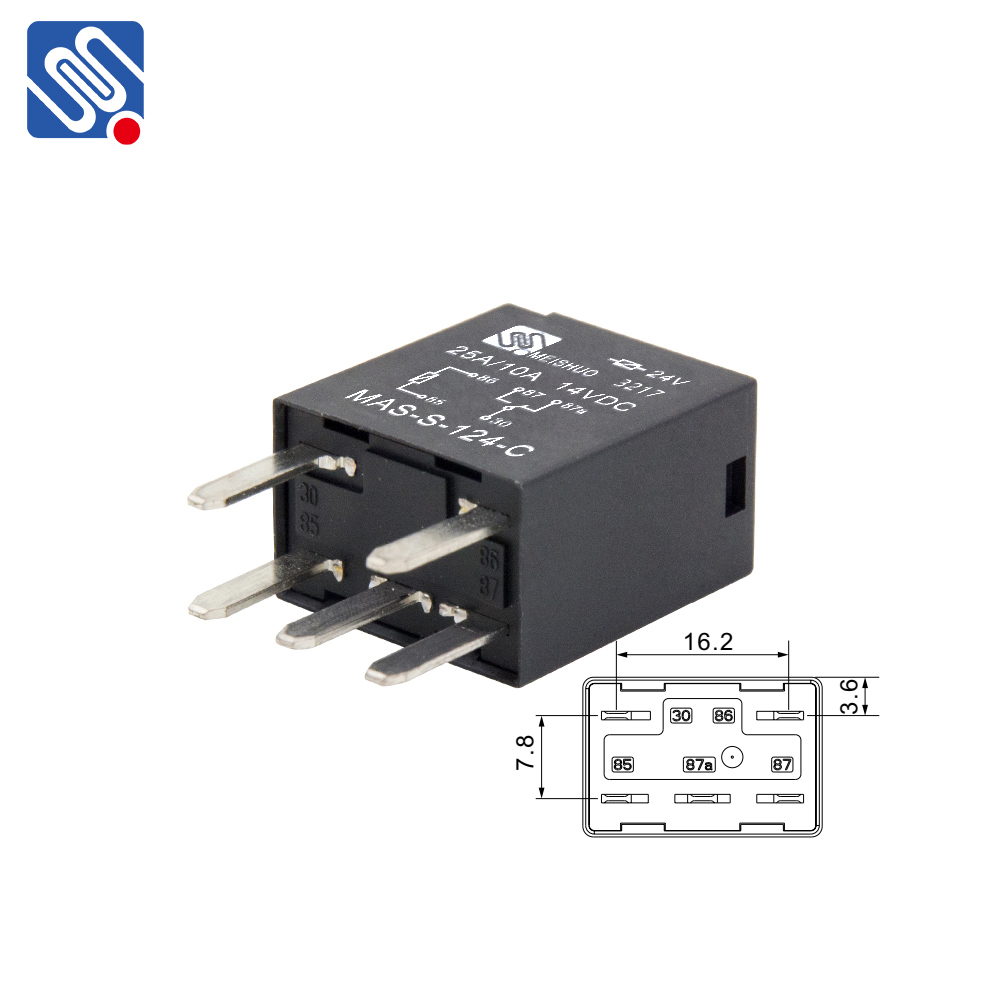Relay technology plays a pivotal role in the world of electrical engineering, automation, and control systems. It is one of the oldest and most reliable forms of electrical switching, helping to control high-voltage circuits using low-voltage signals. Although the technology has evolved over time, its fundamental principle remains unchanged: the ability to control a circuit through a relay’s mechanical or electronic mechanism. This article explores the functionality, types, applications, and advantages of relay technology.

What is Relay Technology? At its core, relay technology involves the use of an electrically operated switch that allows one circuit to control another. The relay consists of an electromagnet, an armature, a set of contacts, and a spring. When an electric current passes through the relay’s coil, it generates a magnetic field that pulls the armature, which in turn either opens or closes the contacts. This action either completes or breaks the circuit, thereby turning devices or systems on or off. Relays are used to control larger amounts of power with a smaller control signal. This feature makes them indispensable in systems where direct switching of high-power devices is either impractical or unsafe. For instance, a small control voltage of 12V can trigger a relay, which in turn can control a high-power circuit operating at 240V.